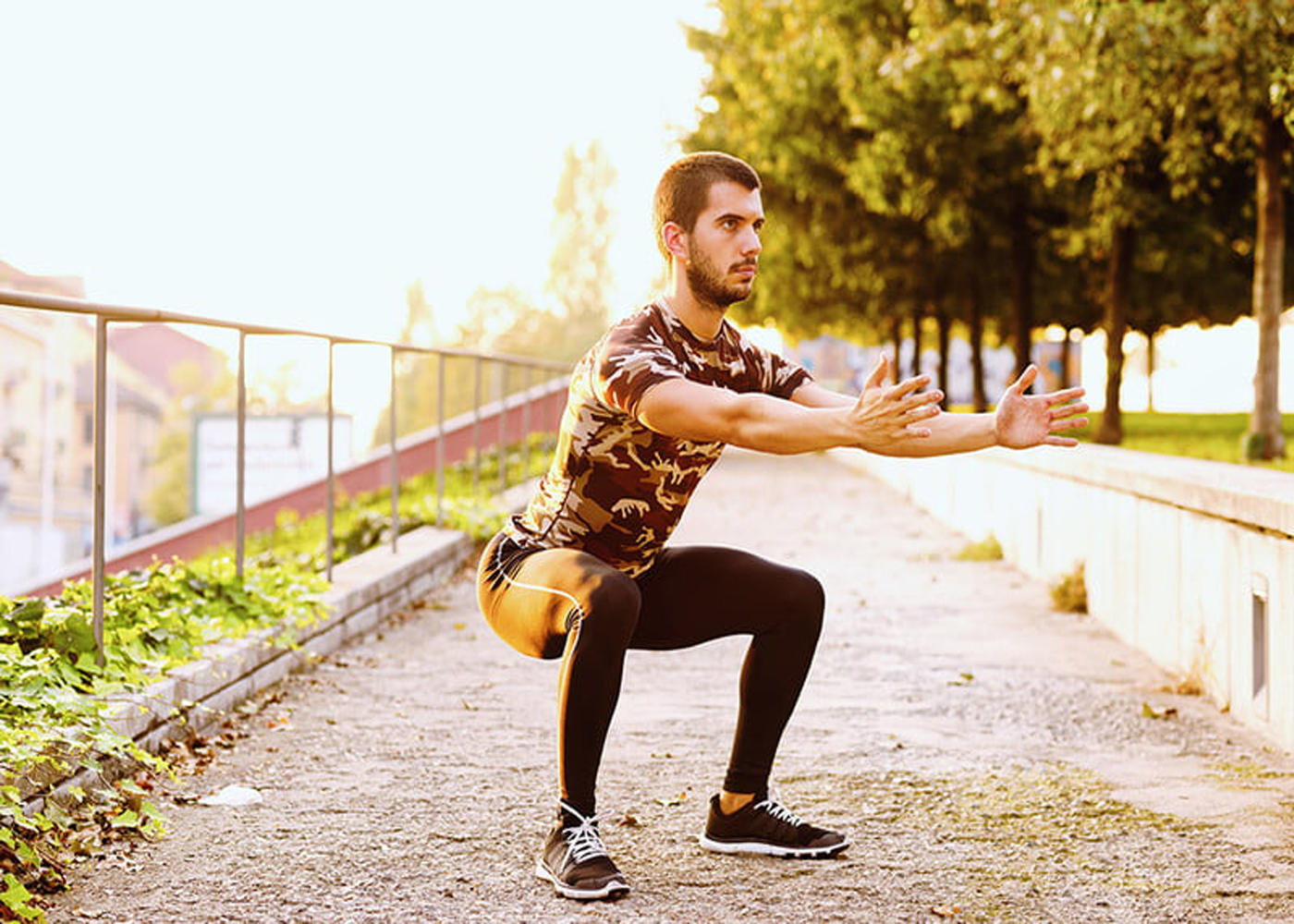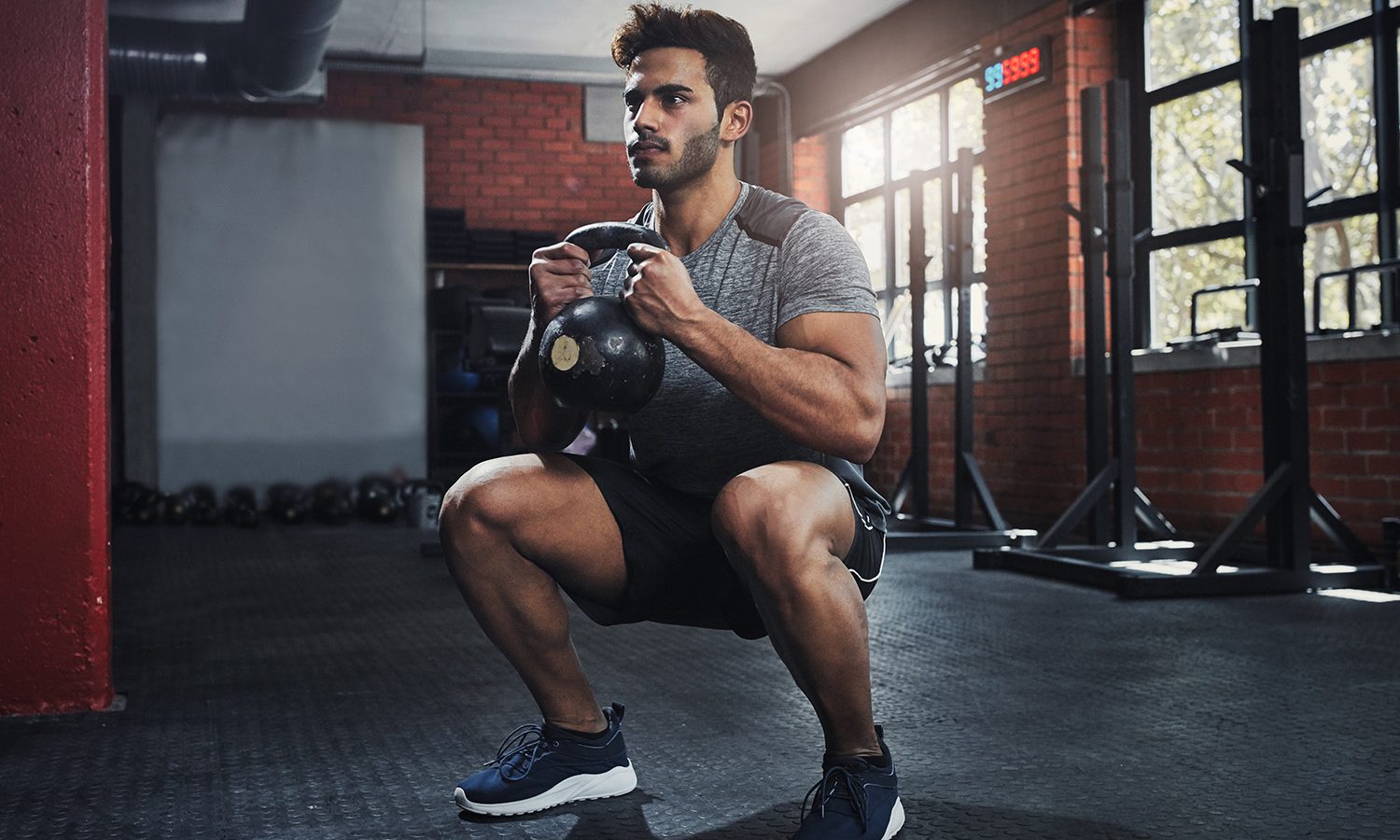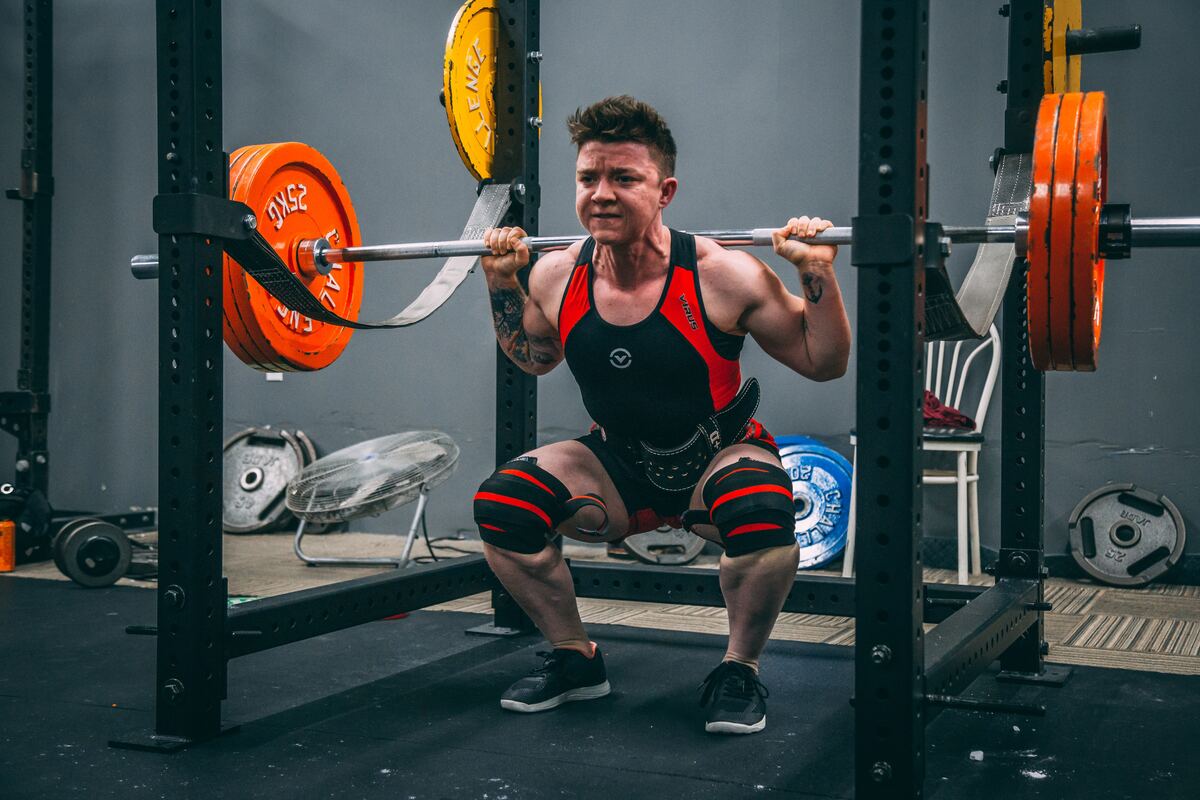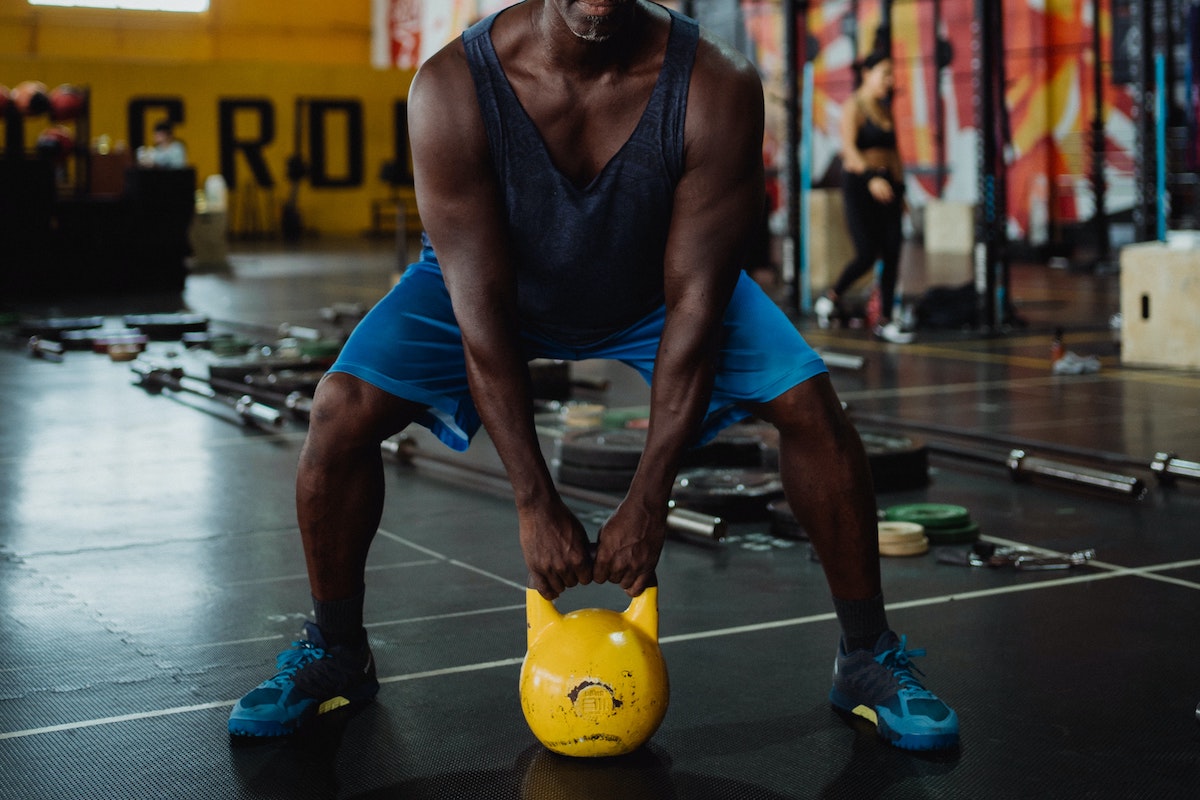
Squats are one of the simplest exercises to do, as they don’t require equipment and can be done anywhere. One version of a quat is the sumo squat, which you can do with or without added resistance as well.
Sumo squats are a strength exercise of Japanese origin that mimics the stance sumo wrestlers take, hence the name. This exercise focuses more on the muscles of your lower body, so it will build up your leg strength and further increase your stability.
In this piece, you will learn about sumo squats and how you can use them to your advantage. It is time to dive in.
What muscles do sumo squats target?

Sumo squats are great because they can train multiple muscles in the lower body at once. The specific sumo squat muscles worked include the following:
- Glutes: Sumo squats target the gluteus maximus, medius, and minimus muscles.
- Adductors: The sumo squat also works the adductor muscles in the inner thighs.
- Quadriceps: The sumo squat helps strengthen the quadriceps muscles at the front of the thighs, with an emphasis on the outside portion of this muscle.
- Hamstrings: The exercise strengthens the hamstrings at the back of the thighs.
- Calves: The calf muscles stabilize the foot and ankle during the sumo squat.
- Core: The core muscles, including the abdominals, work to stabilize the body throughout the exercise.
What is the difference between sumo squats and standard squats?

Although sumo squats are pretty easy and look like standard squats, there is a difference between the two. In standard squats, you need to keep your legs apart to align with your shoulder width. Here, your toes point in the forward direction.
However, in sumo squats, you take a wider stance by positioning your legs wider than shoulder width. A 2018 study showed that stance width influences muscle and joint activity. Another 2021 study also notes that wider stances enhance thigh muscle activity.
In addition to a wider stance, your toes are pointed slightly out. This position, assumed in the sumo squat, targets the legs a bit differently than standard squats, as there is a special emphasis on the adductors and glutes.
How to do a sumo squat

Below is a step-by-step guide on how to do sumo squats:
- Stand with your feet wider than shoulder-width apart, toes pointed outward (about 45 degrees).
- Keep your chest up, maintain a straight back, and engage your core.
- Bend your knees and push your glutes back as you slowly lower your body down into a squat, keeping your weight in your heels. Throughout this motion, keep your knees in line with your ankles and your back straight
- Squat down until your thighs are parallel to the ground. You may also try squatting as low as you can comfortably go.
- Hold the squat position for a brief moment (about one to two seconds).
- Push through your heels to return to standing, squeezing your glutes and quads at the top.
To optimize your squats, here are some tips to guide you:
- Keep your weight in your heels, not your toes.
- Ensure your knees are behind your toes to avoid putting unnecessary stress on your joints.
- Go slowly and control your movement throughout the entire exercise.
- Focus on using your glutes and legs to lift yourself, rather than relying on your back or arms or full body momentum.
- Use weights like the dumbbell to perform alternatives like the dumbbell sumo squat.
- Remember to start with a weight or resistance level that feels comfortable and gradually increase it as you become stronger and more comfortable with the movement.
Squat variations to try

Aside from the sumo squat, there are a variety of other squats you can try to strengthen and stabilize your lower extremities.
These squat variations to try include the following:
- Basic squats: This is the foundational squat everyone knows. Position your feet at shoulder width apart with your toes pointing forward. Hinge at the hips and raise your hands outwards, or rest them on your hips as you squat.
- Wall squats: Stand with your back against a wall and move your feet forward. Squat down with your back pressed against the wall and then come up to a standing position. This is a suitable squat variant if you have back pain.
- Close-stance squats: This is the opposite of the sumo squat in terms of positioning. Stand with feet close together, toes straight ahead. Hinge at your hips and squat down, keeping your knees stable until your thighs are parallel to the ground. Stand up from there.
- Goblet squats: To perform goblet squats, hold a weight or kettlebell at your chest, with your hands cupped around it, and squat. This squat helps improve your form and engages your core.
- Pistol squats: Stand on one leg with the other leg extended forward and the foot lifted off the ground. This variation challenges your balance and strengthens your legs individually.
- Overhead squats: Hold a weight or barbell overhead with your arms extended and perform a squat. The overhead squat engages your core and improves your overall strength.
- Split squats: Place one foot in front of the other and perform a squat. This squat form emphasizes strengthening one leg at a time and is great for targeting the glutes and quads.
- Single-leg box squats: Stand on one leg, with the other foot lifted off the ground, and squat down onto a box or bench. This variation challenges your balance and strengthens your legs individually.
- Squat with reach: Take a wide stance beyond shoulder width. Squat, and as you do, reach your hands down and touch the ground between your legs.
- Jump squats: Perform a basic squat but explode upwards into a jump at the top of the movement. This improves power and strength and can be a great addition to a HIIT workout.
- Hack squats: This variant targets the quadriceps while providing support for the back. It can be performed on a hack squat machine that is loaded with plates.
- Bulgarian split squats: Elevate one foot on a bench or step behind you and perform a single-leg squat. This increases the intensity and works on balance and stability.
How often should you do sumo squats for results?

To get the maximum results from sumo squats, include them in your fitness routine two to three times per week.
The following are some tips to enhance maximum results:
- Warm-up: Before you begin any exercise session, it is important to complete a warm-up session. This is to prepare both your muscles and joints for activity.
- Sets and reps: Do three to four sets of 10 to 15 repetitions; feel free to alter the number of sets and reps to suit your fitness ability.
- Progressive overload: If you use weights while sumo squatting and wish to increase them, you should do so gradually to ensure proper safety and progress.
- Form and technique: Maintain proper form and use appropriate techniques while squatting to be in good posture and prevent injuries.



